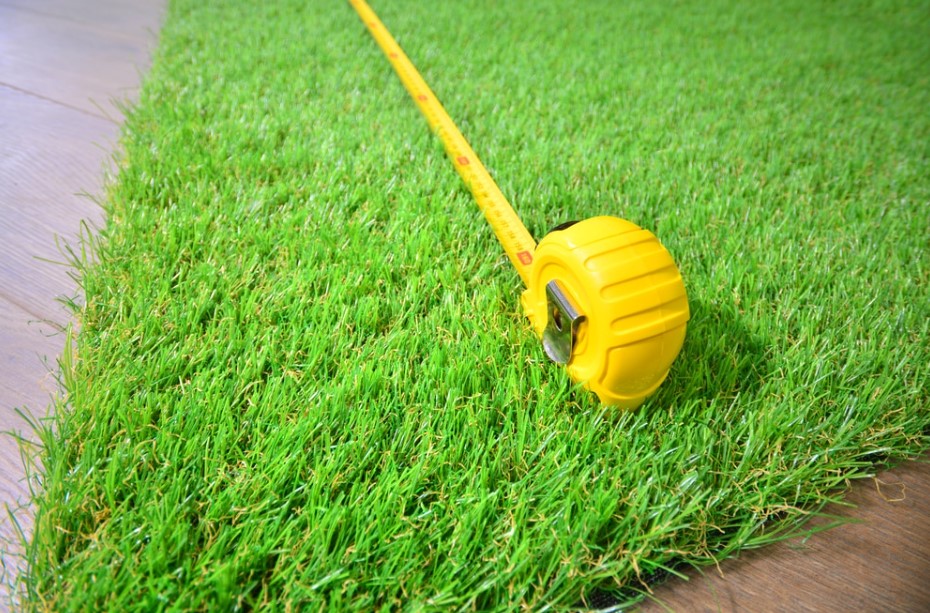Why Measure Your Lawn?
If you are planning to plant a new lawn or renovate an existing one, it is essential to know the size of your lawn. Knowing the size of your lawn helps you to estimate the amount of grass seed, fertilizer, and other lawn care products you need. Measuring your lawn also helps you to calculate the cost of hiring a professional lawn care service.
What You Will Need
To measure the square feet of your lawn, you will need a few tools. These include a measuring tape, a pen and paper, and a calculator. You may also need a long rope or a garden hose to help you define the boundaries of your lawn.
How to Measure Your Lawn
Step 1: Define the Boundaries
The first step in measuring your lawn is to define its boundaries. You can do this by using a long rope or a garden hose to mark the edges of your lawn. Make sure the rope or hose is taut and follows the contours of your lawn.
Step 2: Measure the Length and Width
Once you have defined the boundaries of your lawn, use a measuring tape to measure the length and width of your lawn. Start at one corner of your lawn and measure the distance to the opposite corner. Write down this measurement. Next, measure the distance from the adjacent corner to the opposite corner and write down this measurement as well.
Step 3: Multiply Length and Width
To calculate the square footage of your lawn, multiply the length by the width. For example, if your lawn is 50 feet long and 30 feet wide, the square footage would be 1,500 square feet (50 x 30 = 1,500).
Step 4: Repeat the Process
If your lawn has an irregular shape, you may need to repeat the process to measure each section of your lawn separately. Add the square footage of each section together to get the total square footage of your lawn.
Tips for Accurate Measurement
To ensure accurate measurement of your lawn, follow these tips:
- Measure your lawn on a calm day when there is no wind.
- Make sure your measuring tape is straight and not kinked.
- Measure the length and width in feet and inches, and then convert the inches to decimal feet (e.g., 6 inches = 0.5 feet).
- Round your measurements to the nearest foot.
- Double-check your measurements to ensure accuracy.
Other Considerations
measuring your backyard : Measuring the square footage of your lawn is just one step in maintaining a healthy lawn. There are other factors you should consider to ensure your lawn thrives, such as soil quality, drainage, and sunlight exposure. Here are a few additional considerations:
- Soil quality: The type and quality of soil in your lawn can affect the growth and health of your grass. If your soil is poor, you may need to add nutrients or organic matter to improve its quality.
- Drainage: Proper drainage is essential for a healthy lawn. If your lawn has poor drainage, it can lead to standing water and root rot. Consider adding drainage solutions, such as French drains or dry wells, to improve drainage.
- Sunlight exposure: Different types of grass require varying amounts of sunlight. Make sure you choose grass seed that is appropriate for the amount of sunlight your lawn receives.
Conclusion
Measuring the square footage of your lawn is a simple and essential task that can help you maintain a healthy and beautiful lawn. By taking into account other factors, such as soil quality, drainage, and sunlight exposure, you can ensure that your lawn thrives for years to come. Remember to measure your lawn periodically, especially if you make changes to your landscaping, to ensure you have accurate measurements. With a little care and attention, you can have the lush, green lawn of your dreams.

